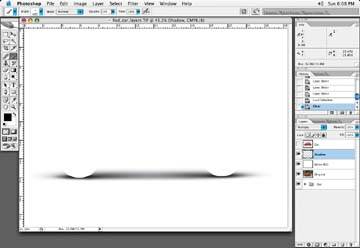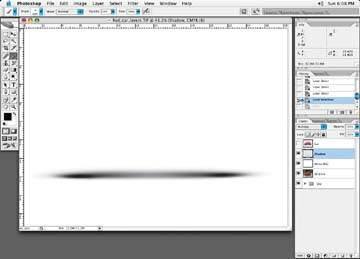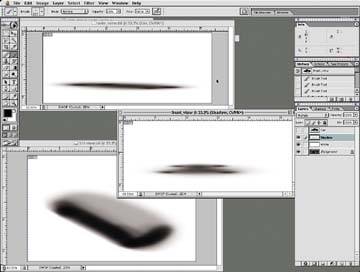Figure 2-53. A shadow under an object that has been restricted by a crop mask can't be repurposed easily

Figure 2-54. A shadow under an object that has not been restricted by a crop mask can be altered more easily for a different use

One big tip for creating shadows is: don't restrict the shadow to the shape of the object. By this, I mean create the shadow as if the object you are making the shadow for isn't even there. Do not create the shadow with an inverse selection of the object
If a shadow doesn't fit perfectly with your new image, you can always use the Transform/Distort tool to adjust its perspective slightly to create the desired angle or look you are after.
Figure 2-55. Library of shadow files

Be sure to give the shadows in your library descriptive names so you can find them when you need them. You can see the ones from my library are titled according to the angle of the view.
I say this because if you ever erase or shift the position of the object or shadow, there will be a hole or line where the shift has taken place. You can see the problem in Figure 2-53.
Create your shadow so it is behind your object, and extends itself throughout the image and isn't restricted by any portion of the object, as in Figure 2-54. Also, if you build a library of files and you reuse your shadows, having full shadows as opposed to shadows with previous shapes cropped out will make them more adaptable; a shadow cropped for a specific object will likely be useless.